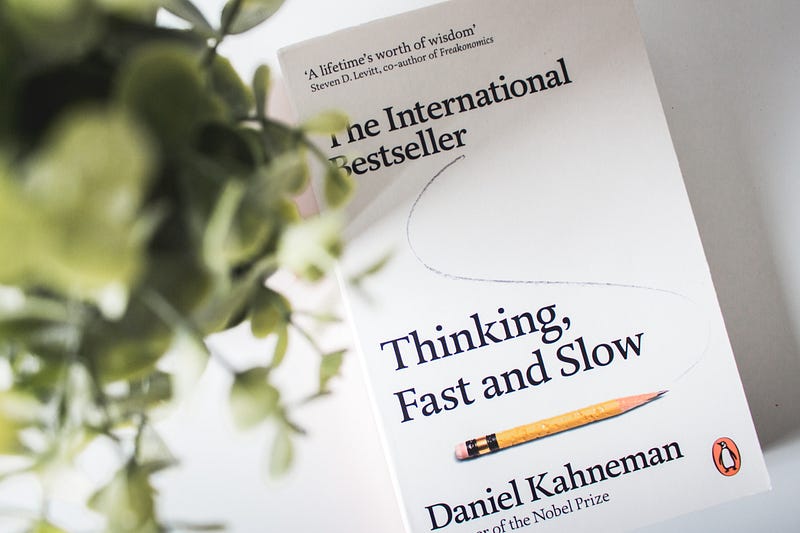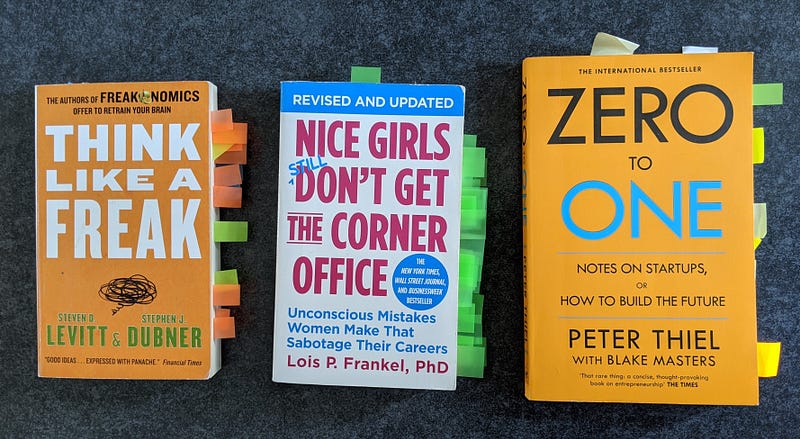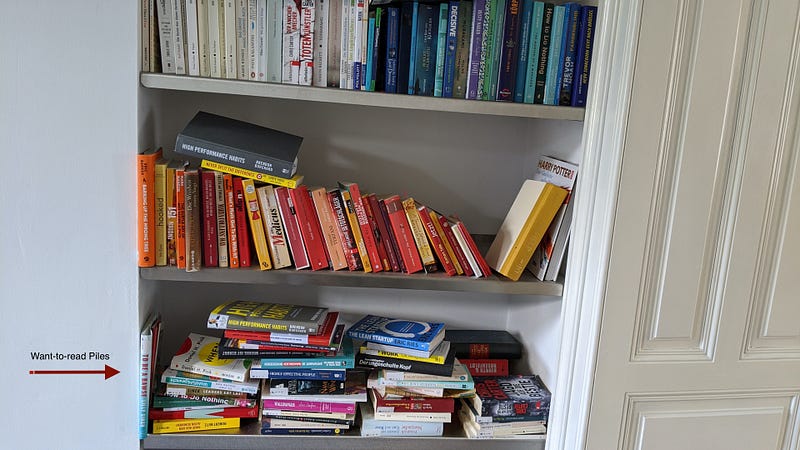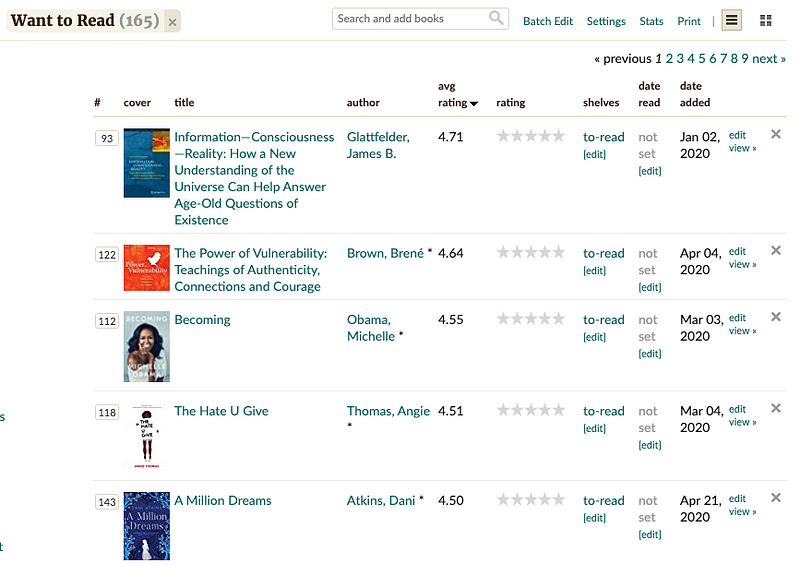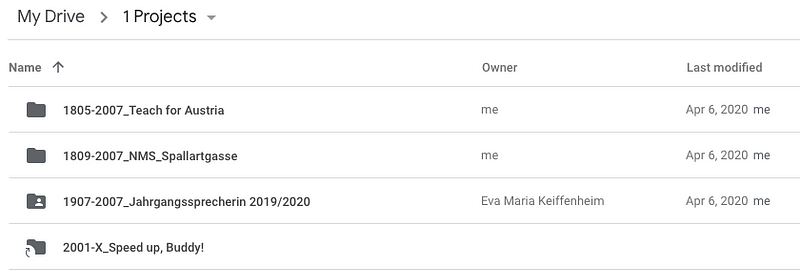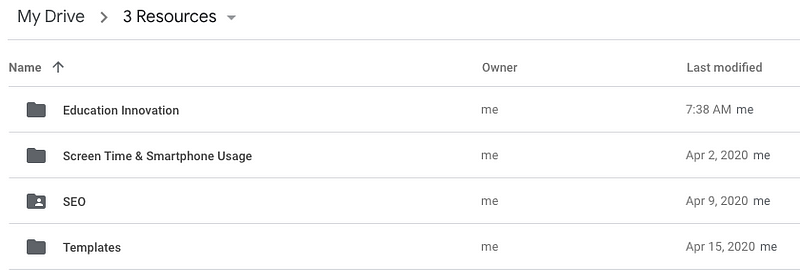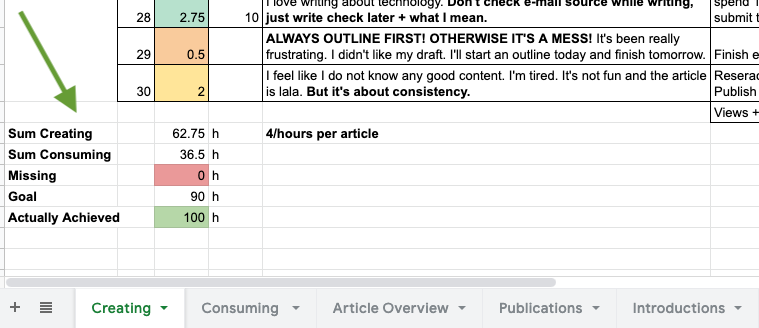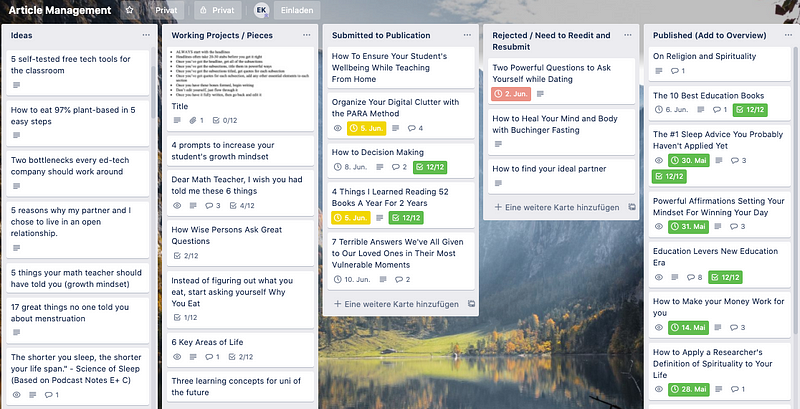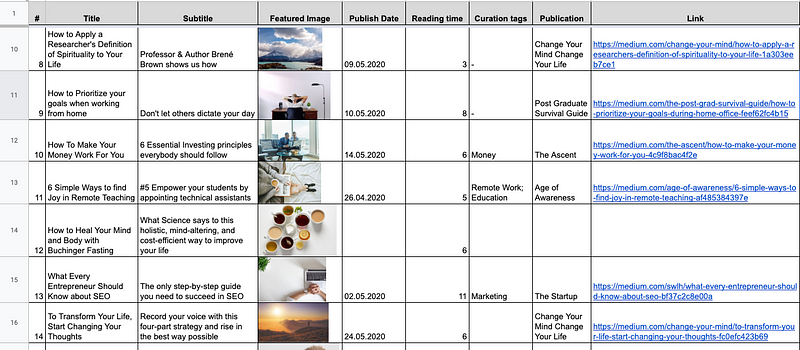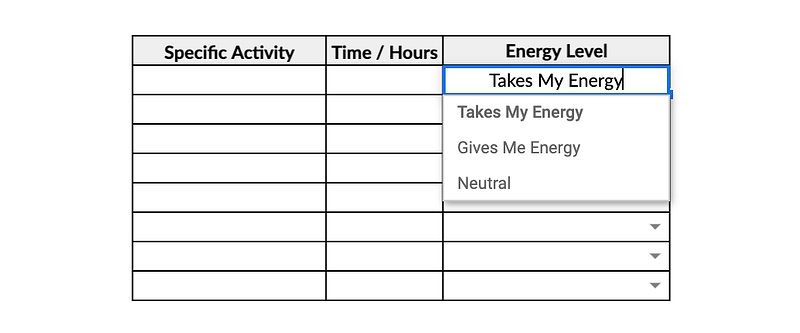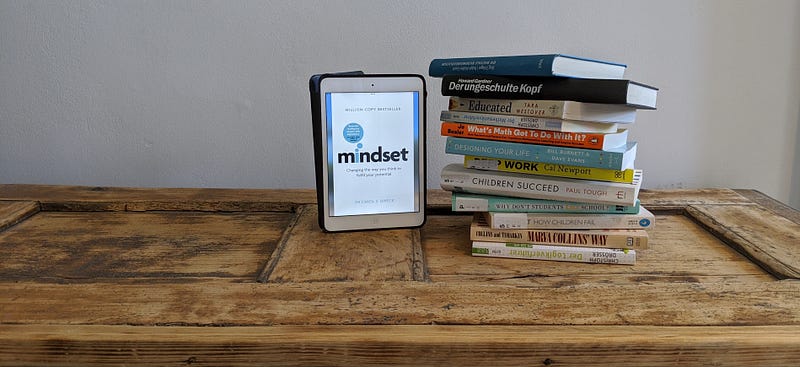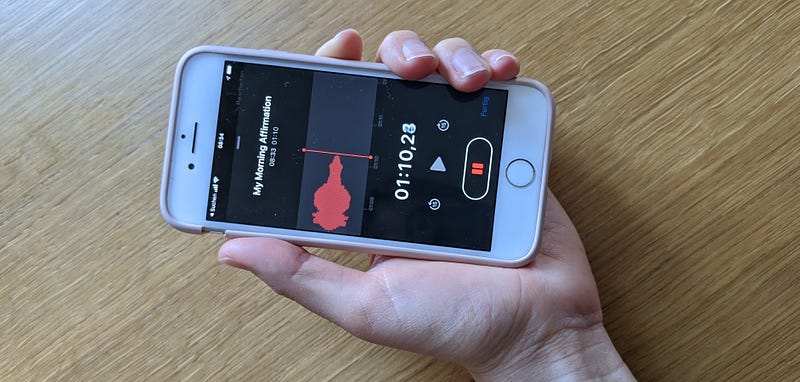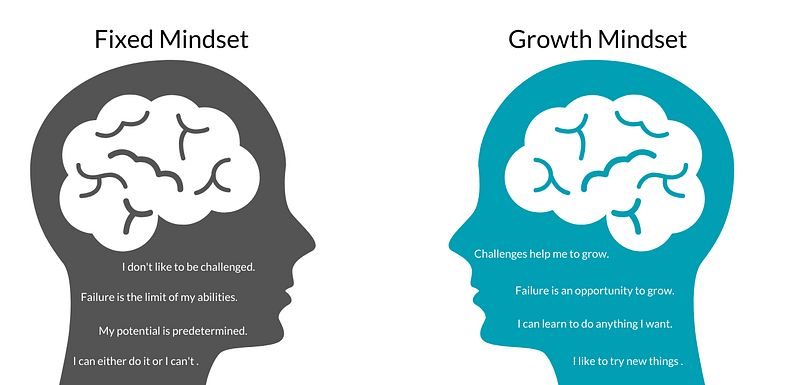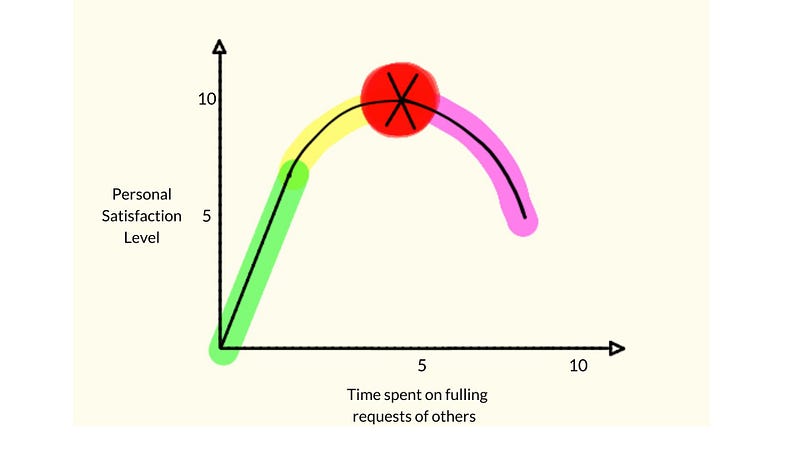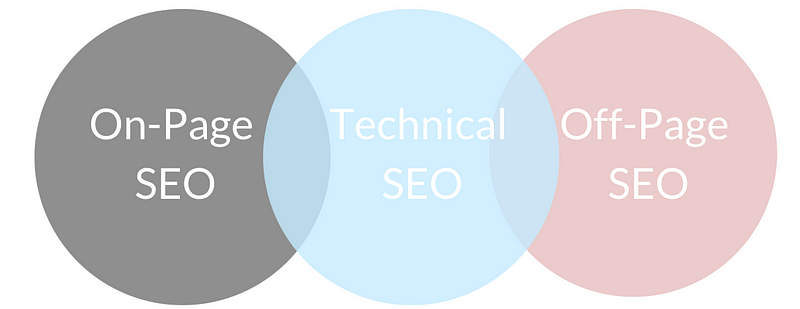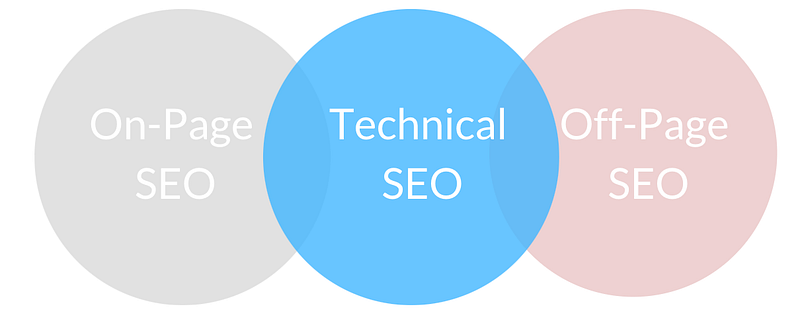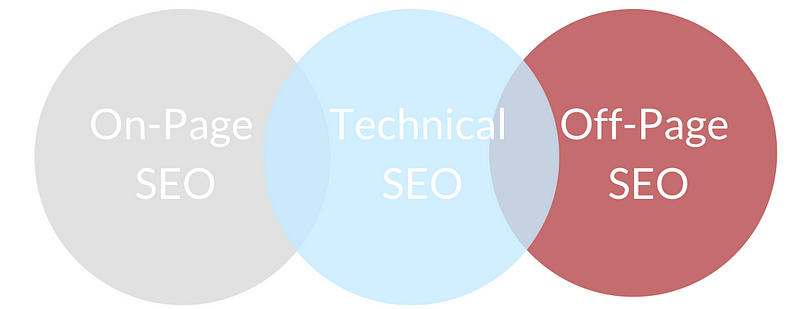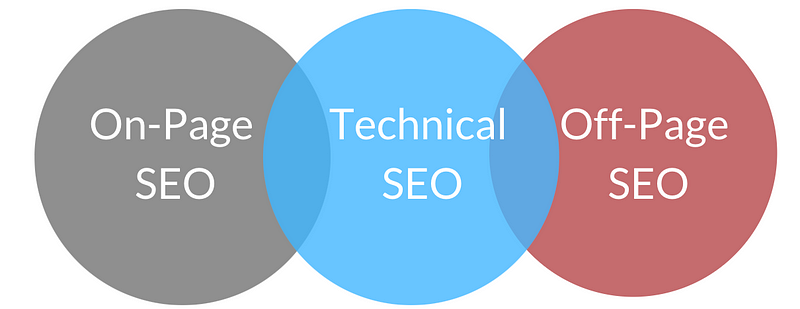You use your phone too early. Here’s how to stop it.

If you’re like 80% of smartphone users, you check your device every morning within the first 15 minutes after waking up. This is dramatic as the early hours of your day will make or break your life.
By checking your phone first thing in the morning, you condition your mind for distraction. Notifications and messages will make your thoughts bounce around like a ping-pong ball. You won’t be able to focus on your day ahead.
Throughout your day, your morning behavior repeats itself. By checking your phone too early in the day, you won’t be able to produce any deep work. You’ll get distracted and lose focus again and again.
Yet, you can reprogram your phone habits and thereby, free your mind. It’s in your power to take back control. Here are nine reasons that will make you want to stop checking your phone after waking up, including instructions on how you can make that change.
1. Start Your Day With A Clear Mind
You decide how to spend your time. You can start and end your day without glancing at your phone and, instead, focus on what matters to you.
“What we choose to focus on and what we choose to ignore, play in defining the quality of our life.”
— Cal Newport
Do you really want to wake up contemplating the latest post on your newsfeed?
By leaving your phone shut, you won’t be tempted to scroll through social media. Instead, you can start your day with a clear mind. By protecting your morning, you’ll start on your right foot.
I checked my phone first thing in the morning for a decade. It wasn’t until I read studies (like this one, this one, or this one) on the downsides of smartphone use that I abandoned my device from my morning hours. Since then, I make faster progress towards my life goals than I have ever imagined.
2. Finish Your Morning Routine Distraction Free
Your morning routine sets the tone for the day. You should do anything to protect these hours for yourself. By completing your routine without distraction every day, you’ll live your happiest life.
Yet, I can’t count the times I sat on my meditation pillow only to open my e-mail account instead of the headspace app.
Do you control your phone, or does your phone control you?
The problem is you can’t undo information input. What slipped through my phone into my morning routine found an entryway to my brain. You get in life what you’re willing to tolerate. Here’s how Benjamin Hardy, PhD, puts it:
“Most people tolerate spending huge amounts of their time on things that don’t inspire them because they aren’t clear on what they want. They aren’t clear on what they want because they haven’t begun acting right. Clarity and inspiration follow positive action.”
By not checking your phone after waking up, you create a distraction-free environment. There won’t be any “bing” during your morning routine, and you’ll quickly find yourself on the path to your happiest life.
3. You Can’t-Wait To Start Your Day
Reading messages from your co-workers after waking up can feel like a weight that ties you down. You might want to stay in bed rather than tackle the tasks ahead. Dr. Nikole Benders-Hadi, a psychiatrist, says
“Immediately turning to your phone when you wake up can start your day off in a way that is more likely to increase stress and leave you feeling overwhelmed.”
In the hour after waking, your head needs time to get in the rational state of your consciousness.
By checking your phone, your overwhelming your clear mind with external information. By starting your phone with messages from your colleagues, it’s no wonder you might want to stay in bed rather than getting up.
Yet, your phone doesn’t have to feel like a weight that holds you back. To start your days full of energy, you can make the decision right here and now to change your phone habits.
With phone-free mornings you’ll have focused, dedicated and creative time for yourself. Your morning will bring you intense energy of doing and creating.
4. Connect With The People Around You
With your eyes glued to a screen, it’s tempting to forget your surroundings. And by burying your face in your phone’s screen, you won’t be able to connect with the people in your home.
By disconnecting your phone, you connect with the people around you. You’ll experience the power of human bonds, and spending time with people in your early hours will help you live a happier life.
“Deep human connection is the purpose and the result of a meaningful life, and it will inspire the most amazing acts of love, generosity, and humanity.”
— Melinda Gates
5. You Have Time To Eat The Frog
By checking your messages first thing in the morning, it’s easy to focus on the tasks of others. Yet, giving your morning attention to reaction events will limit your productivity.
The messages and news of others distract you from your most important task of the day, leaving your “frogs” victim to procrastination.
“If it’s your job to eat a frog, it’s best to do it First Thing in the Morning. And if it’s your job to eat two frogs, it’s best to eat the BIGGEST one first.”
— Mark Twain
When you stop reacting to others, you can start to act on your agenda, eat your frogs first. When you get into the habit of doing your most demanding job before you check your phone, you become a person of action and discipline.
Spend your most precious time on your most valuable activities, and you’ll change the trajectory of your life.
6. Breakfast Will Become A Sensory Experience
With eyes glued to our screens, it’s impossible to enjoy eating. Eating with distractions will leave you unsatisfied.
When you eat, eat. The key to achieving satiety and satisfaction when eating is mindful eating. The more attentive you eat, the more you‘ll feel what your body needs.
Without your cell phone on your table, it’ll be easier for you to stop eating when you are full. Instead of focusing on your device, focus on your breakfast qualities:
- Taste and smell: sweet, sour, salty, bitter
- Temperature: warm, cold
- Texture: hard, soft, creamy, liquid, tough, dry
By not reacting to messages early in your day, you’ll have time to enjoy your breakfast with all your senses.
7. You Read More Books
Charlie Munger, self-made billionaire, and Warren Buffett’s longtime business partner, once said:
“In my whole life, I have known no wise people who didn’t read all the time — none. Zero.”
Bill Gates read one book a week during his career and took a yearly two-week reading vacation throughout his entire career. Barack Obama read an hour a day while in office.
The less time you spend on your phone, the more you’ll read. You’ll notice that you have plenty of time during your mornings. You can start a new habit, like reading 15 minutes every morning before you react to other people’s agenda.
Changing my phone habits was the hardest part but also the most effective one. I didn’t need to skip any activities to read 52 books a year.
Decreasing my screen time enabled me to read more. Since I stopped checking my phone in the morning in March 2018, I read 116 books. And if I can do it, you can do it, too.
8. You Take Self-Responsibility
By regularly checking your phone, you condition your mind for self-interruption. Social media, e-mail or messaging will deliver other people’s opinions, requests, and advertising into your head.
By not checking your phone, you take back self-responsibility. You’ll be the one determining what to do with your day. Nothing can distract you from your agenda.
Leaving your phone switched off will feel hard at first because it’s easier to follow other people’s agenda. You can’t look at social to escape from boredom or discomfort.
Your ego will fight back, whispering you should check these urgent messages. But by turning your phone on later in the day, you’ll take back more self-responsibility.
9. You Connect With Yourself
In the years I woke up to my smartphone’s screen, I was unable to notice my feelings. At that time, there were deep and intense feelings in me. Yet, I paid more attention to my screen than to my emotions.
If I’d read my body signals instead of the words on my smartphone screen, I would have been better at making effective decisions.
Stop looking at your screen and start looking inside yourself. Connect with how you’re feeling and read your signs for change. Paying attention to your feelings instead of your phone will upgrade the course of your life. Promise.
Not letting your phone distracting you opens your mind up to fantastic possibilities. You’ll set yourself up for success. By connecting with yourself in the morning, you’ll get more insights and ideas than you know what to do with.
“Disconnecting from our technology to reconnect with ourselves is absolutely essential.”
— Arianna Huffington
Now, Set Up Your Environment For Change
By reading this far, you understood why you shouldn’t check your smartphone in the morning. But change doesn’t come from understanding. Change comes from taking action. It’s in your hands to live the life you want to live.
- Set up everything in such a way that you won’t miss your phone in the morning.
- Dig up your old alarm clock, or buy a new one.
- Turn your phone off before going to sleep and charge your phone outside of your bedroom.
- Pick the book you‘ll read tomorrow morning and place it in sight.
- Put an empty notebook and a pen to the place where you’d put your phone.
Promise yourself you will switch on your phone only 3 hours after waking up, for the next seven days. The change you’ll experience will make you want to continue with your new habit.
Unplug yourself from the matrix of social media and information.
Instead, plug into your life.
Do you want to stay connected? Join my E-Mail List.

